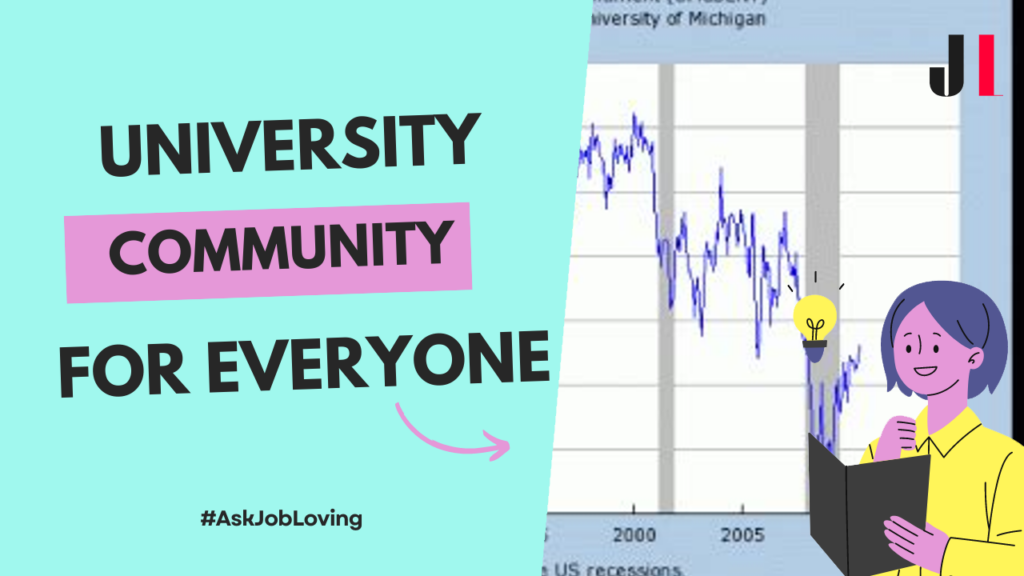What is the University of Michigan Consumer Sentiment Index?
The University of Michigan Consumer Sentiment Index (UMCSI) is a vital economic indicator that surveys consumers to gauge their outlook on the economy. By capturing the relative level of both current and future economic conditions, the index provides insights into consumer confidence which, in turn, can influence spending behaviors. This index serves as a barometer for economic health, making it essential for policymakers, businesses, and analysts alike.
This index results from extensive surveys facilitated by the University of Michigan’s Survey Research Center. It measures how consumers perceive their current financial situations and their expectations for the future. By analyzing these sentiments, economists can predict spending trends that might affect sectors ranging from retail to housing.
How is it Calculated?
The University of Michigan conducts monthly surveys targeting a diverse group of U.S. consumers. Each participant shares their feelings about both present and future economic conditions. The results contribute to two main components: a measure of current economic conditions and a measure of future expectations. The responses are then weighted appropriately to create a comprehensive index score, which is published each month.
Why is It Significant?
The significance of the UMCSI cannot be overstated; it’s often integrated into various economic models used by institutions like 538, where it composes between 5-15% of the overall fundamentals mix in market analyses. When consumer sentiment dips or rises sharply, it sends alarms (or cheers) throughout financial markets since consumers are fundamentally the backbone of economic activity. Reports regularly highlight significant changes—for example, in June when the sentiment hit its lowest in seven months, or when it showed robust recovery in January, reaching its highest level since July 2021 at 78.8.
Moreover, trends highlighted by this index can lead financial markets to react swiftly—sometimes contrary to consumer sentiment—depending on broader economic factors at play.
Recent Trends and Observations
<pIn recent months, fluctuations have been epic. For instance, the preliminary reading dropped to 60.4, marking another low since October last year. Such shifts inform businesses about potential risks and opportunities in consumer expenditure as they strategize future investments and marketing efforts.
Interestingly, while the sentiment index can present insights into consumer confidence, some economists caution that price levels could react unpredictably relative to sentiment measurements. This intricate dance of perception and market reality continues to captivate economists and analysts keen on piecing together the broader economic puzzle.
Conclusion
In summary, the University of Michigan Consumer Sentiment Index stands as a crucial gauge of consumer attitudes that can influence economic forecasts and market movements. Paying attention to its fluctuations can provide significant insights into consumer behavior trends that affect various sectors of the economy.
If you’re looking for more information or assistance regarding what is the University of Michigan Consumer Sentiment Index, feel free to connect with us at JobLoving community! We’re here to help!

